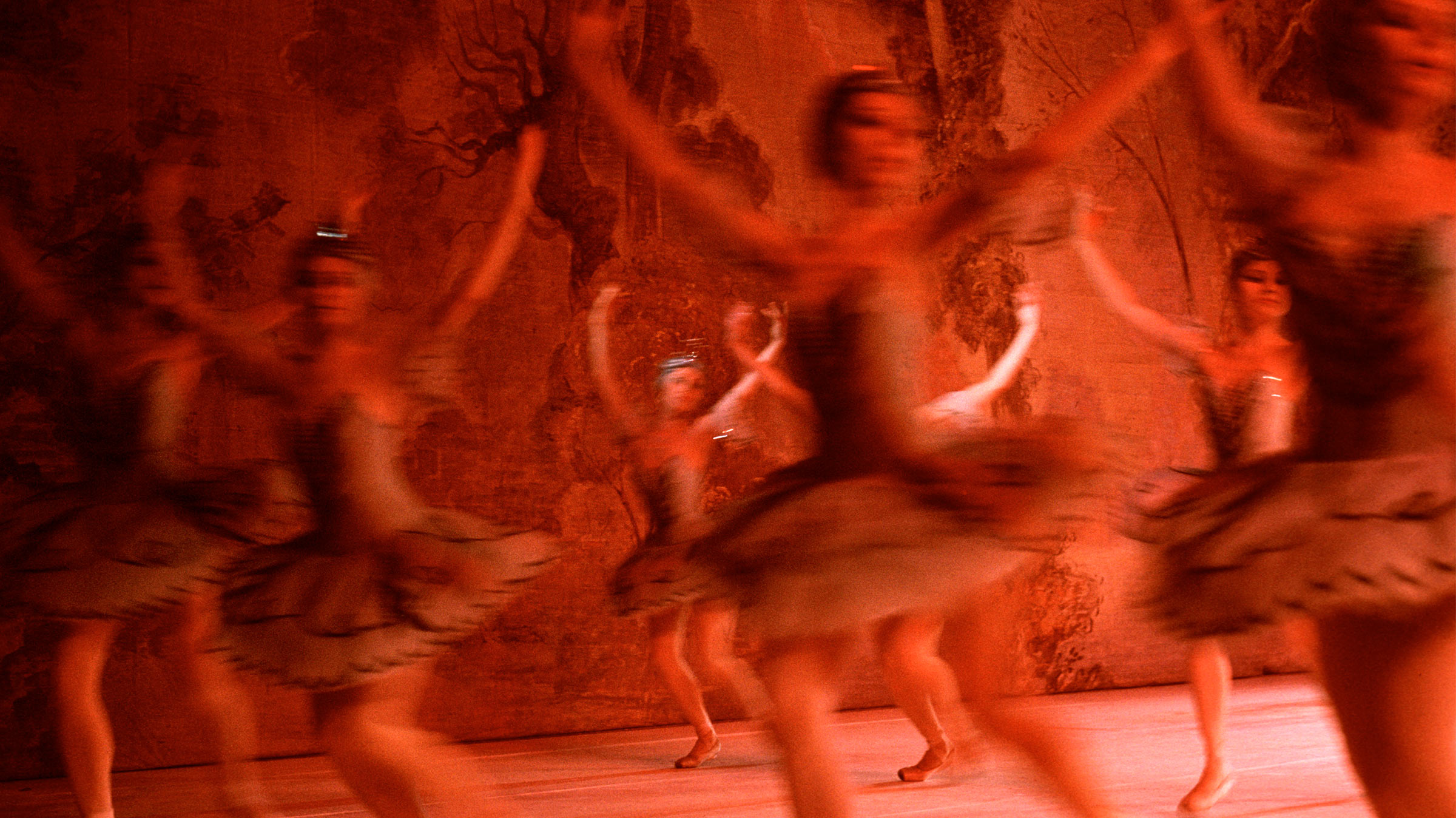Researchers at Nokia Bell Labs have created the first cultural analytics report linking culture capital with urban growth—and gentrification.
Think-tank Bell Labs have published new research that unpacks a question that has fascinated sociologists for decades: Does culture have a positive impact on cities? Using crowdsourced information from pictures uploaded to Flickr and Wikipedia entries, across a five year time frame, with a focus on New York City and London, Bell researchers ultimately conclude that culture fuels economic growth and development in cities.
The research, done in collaboration with Cambridge University, expands upon the work of sociologist Pierre Bourdieu, who posited that culture is a form of capital all unto itself and loosely defined as “assets” such as education, intellect, style of speech, and dress that help people move up the social ladder. Bourdieu argued that prosperity could never be fully explained by economic capital alone, a wager Bell researchers took up in their study. Ultimately, they concluded that in addition to the intrinsic benefits of culture, the less-than-quantifiable arguments for culture’s mind-opening possibilities, culture has clear extrinsic benefits for cities and neighborhoods. “[Culture] is a catalyst for positive change and growth in neighborhoods,” the Bell report concludes. “We have found that the neighborhoods in London and New York that experience the greatest growth are those with high cultural capital.”
Many of the findings echo what city-dwellers see every day: the rise of various culture-producing industries fuels housing prices. Bell researchers zoned different areas and charted development and industry density. They determined, for instance, that in New York City publishing (e.g., content labeled as newspaper or books) is the industry most responsible for rising housing prices. In London, technology is the greatest driver of rising rents. Specific cultural events also work as catalysts for city growth, the report finds. Researchers cite MoMA’s PS1 Young Architect’s Program in Sunnyside and The Original LGBT Expo in Midtown as transformative events for their respective neighborhoods.
Yet, cultural capital creates another vexing feedback loop for cities, as the report notes—the problem of gentrification. Without culture, inequality can fester. Researchers point to Bourdieu on this point, who noted that “cultural inequality widens and legitimizes economic inequality.” Yet, thanks to it, culture may also increase economic inequality. “Culture—which powers the growth of cities—also causes their distressing challenges: gentrification, unaffordability, and inequality.” Culture, they write, pays—but only up to a point.
For policy makers tasked with growing cities and maintaining their cultural and economic health, the report is a bellwether moment for creating a hard connection to the value of arts programming of any stripe in their cities. Hopefully, it will signal the beginning of the programs being considered as a legitimate first-response tool in revitalizing urban areas. For the culture makers who’ve taken advantage of distressed properties and deflated housing costs to build out an arts project without connecting to a surrounding community, it’s a potent reminder that culture also has its costs.








